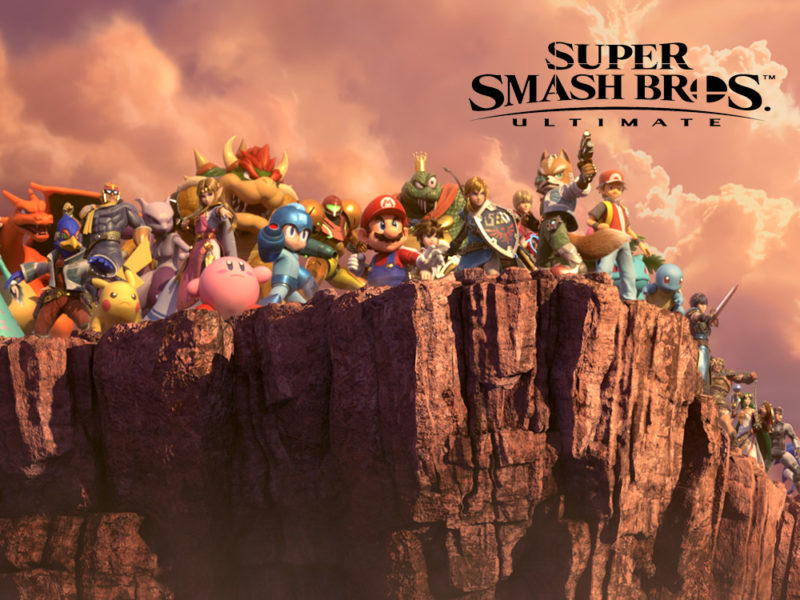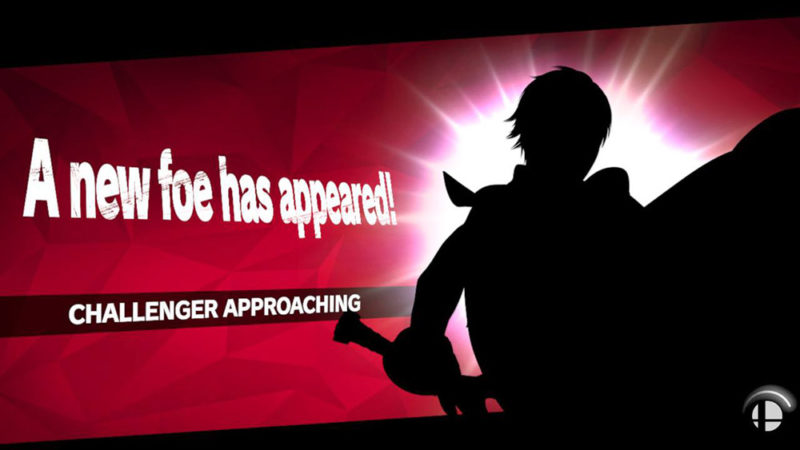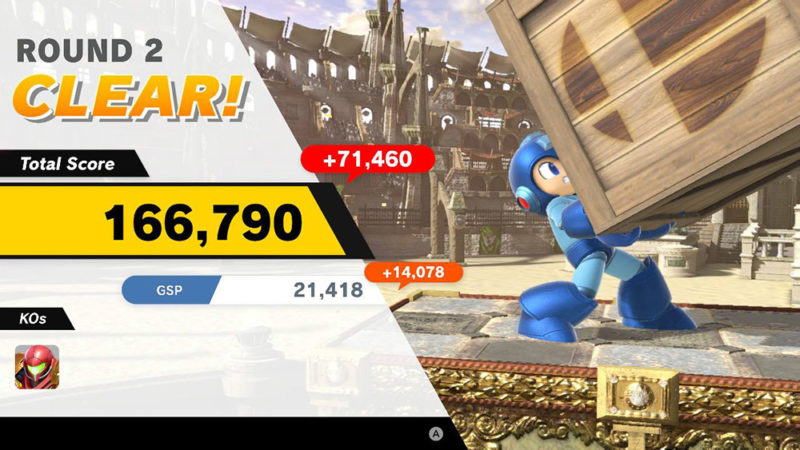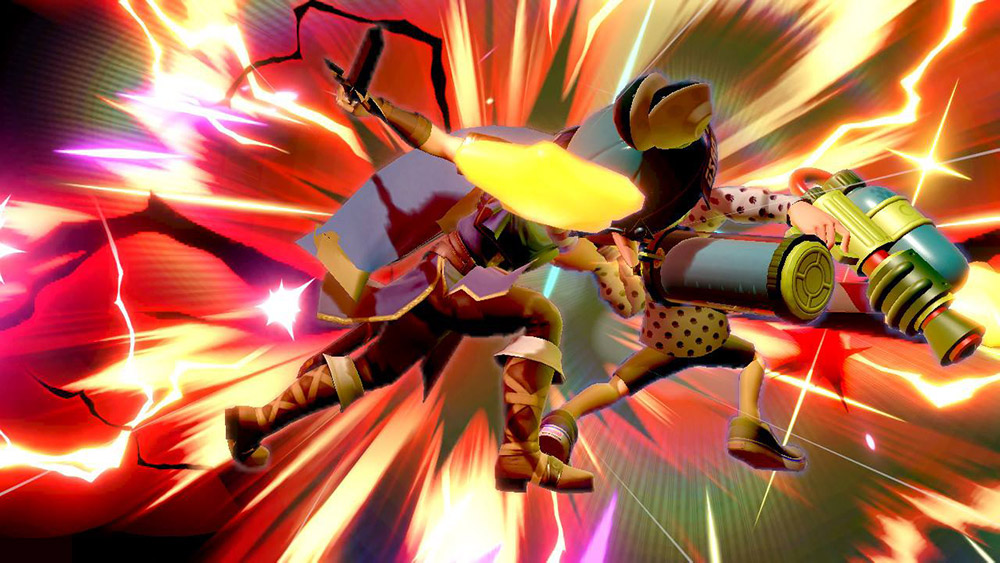In recent years, video games have moved further and further away from the everyone-gathered-around-a-TV experience. Games such as Fortnite push kids online for their play, while more and more consoles focus their energy around deep one-player experiences with online capability. But parents, rejoice: soon you’ll have a roomful of screaming kids bounding through your living room demanding snacks and soda once more. Super Smash Bros. Ultimate, the newest game in the vaunted Smash Bros. series, is an absolute gem. And while it’s fun to play on one’s own, the game really shines when you bring some friends together to join the fun.
The kind game developers at Nintendo, led by the daring, incredibly sleep-deprived Masahiro Sakurai, pulled out all the stops for Super Smash Bros. Ultimate. There are 74 playable characters and 103 playable stages. There are nine playable game modes, with multiple submodes and endless potential rulesets. There are more than eight HUNDRED songs! I think we finally broke Mr. Sakurai. I think that he woke up some time in 2016 from a nightmare where he was trampled to death by needy fans, screaming, “YOU WANT IT? YOU WANT IT ALL? FINE! TAKE IT! WE’LL GIVE IT TO YOU!” The result is a game so stuffed to the brim with beloved characters and exciting new ones, familiar settings and slick new stages, so much to experience and try out that it truly feels endless. Sakurai and his team earned a well-deserved nap for the hard work they’ve put in. It’s clearly paid off.
But, of course, it can’t simply be that easy. You start the game with a mere eight characters. But this ends up being a boon to your game experience—characters are unlocked by completing various milestones, playing the single player modes, and simply putting time into the game. Characters pop up quickly as you play—usually a “new challenger” will arrive every 10 minutes or so, as long as you continue to return to the main screen every once in a while. Every new fighter has to be beaten in a one on one showdown before you can unlock them. These battles are engaging and can often be difficult—it’s challenge to take on a character you yourself haven’t been able to play yourself yet, and I found myself losing these battles more often than not, throwing up my hands as the prize faded back into shadow. But have no fear: After a slight delay, you can try again. By an hour or two into playing I had doubled my character pool. Now, many more hours in, I’m sitting at 55–a sizable amount, but still plenty more to come.
The single player experience you have to go through to unlock said characters is, luckily, full and rich enough that it never feels like the grindfest it is underneath the surface. The core of it is “World of Light,” an adventure mode where you travel across a map as different Smash characters freeing Spirits imprisoned by Galeem, an evil overlord. When you free a Spirit, it becomes a part of your party, and you can equip different combinations of Spirits to boost your fighter’s strength and defense, or to give them particular situational advantages. The mode can feel a little same-y after a while–it’s battle after battle, and once you start to collect some more powerful Spirits, the difficulty decreases pretty sharply. But the breadth of game lore represented in the mode and the creative ways the battles are set up keep “World of Light” playable for all of its surprisingly lengthy more-than-20-hour playtime.
The other solo game modes are ideal, bite-sized game experiences that allow the player to vary their engagement with Ultimate, so it never feels like you’re just bashing away in the same style for all of eternity. Classic mode, which has you battle a series of villains in a row before facing off against a final boss, has been around since the first iteration of Smash. But Ultimate revamps the format, giving each fighter their own specialized path based on their character’s backstory—Mario fights Bowser as a final boss, whereas a Pokémon character might face off against Mewtwo. This change gives the mode some welcome variety and individuality—each character’s journey feels different, so it isn’t a pain to play the mode over and over again. The other modes: the 100-enemy “Century Smash,” the fiendishly difficult and aptly named “Cruel Smash” are entertaining. But the core of the game, the bread and butter for nearly 20 years now, is the multiplayer.
Smash games always feature bells and whistles, but the focus centers around one thing and one thing only: beating the everloving crap out of your friends and rubbing it in their faces forever. Smash Ultimate has bigger bells and louder whistles than any Smash game that came before, but they never lost sight of the multiplayer, which, while largely unchanged, has some subtle upgrades that make it feel cleaner and more intense than in previous iterations. You can battle with anywhere from two to eight players at a time, and even amidst the wild chaos of eight-way Smash, the game still feels trackable. The quiet genius of Smash is the simplicity of its fighting system–with only two buttons for attacks, easily performable combos, and similar movesets across characters, there’s a very high mastery ceiling, but a very low casual floor.
Ultimate’s impact mechanics got a tune up, meaning that if you hit someone a certain way or land a high-energy strike, the result is dramatic and extremely satisfying. The animations look as great as they feel, both on the big screen and in portable mode, and the controls are well-handled: while some might prefer picking up a Gamecube controller for that classic Smash Brothers button set, I play solely on Nintendo Switch Joy-Cons and enjoy myself perfectly.
The only drawback to the multiplayer experience is the online aspect of it. To be clear, there’s nothing particularly wrong with playing online—matchmaking is easy, there is little lag in actual games, and the player base is large. But why did they have to make it so gosh darn hard? All I want is an easy way to play with my friends, now that we don’t all live in our parents’ homes and can’t meet up at Sloan’s mom’s house on Saturdays. But to get a game with my friends together, I have to: message them separately because Nintendo’s online system has no chat option, create an arena for them to join, download the Nintendo Switch app because the game has no voice chat capability on its own, and then hope that the app doesn’t randomly kick us all out of the voice chat, as it did several times while I was using it. It was a bummer that online play with friends felt like a hassle, because that’s what a vast majority of the player base was probably hoping their primary use of the game would be. The tech is out there, the means are out there—other game companies have far superior online capability and interaction. If Nintendo can improve it for Smash, this game goes from excellent to nearly flawless.
With the holidays coming up, and the winter months around the corner, the warm indoor gathering around a communal activity is in hot demand. If you want to make your kid the coolest kid in town, get them this game. Watch as their friends shout at each other, jump on couches in excitement, and cheer each other on as they sprint across the screen, hurling Pokéballs and Fire Flowers and Laser Beams in each other’s faces. Who knows? Maybe after a while, you’ll ask to take a turn. I dare you to watch Super Smash Bros. Ultimate and not think to yourself: “Hey… That looks kinda fun.”




